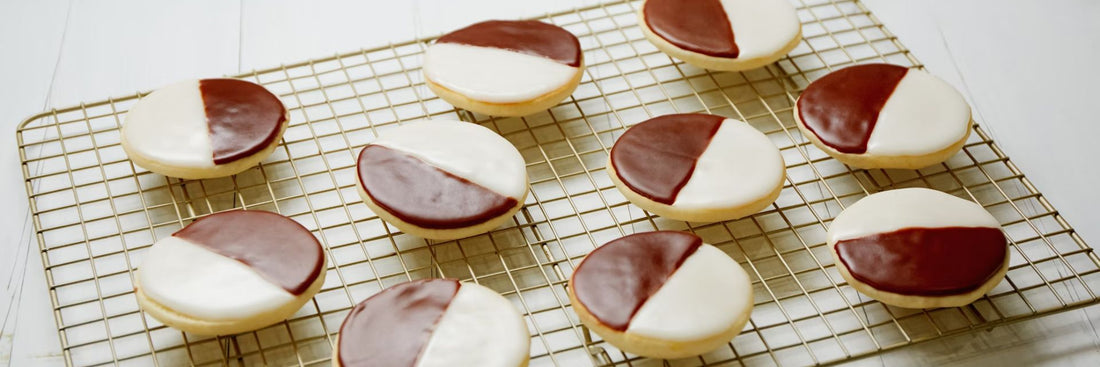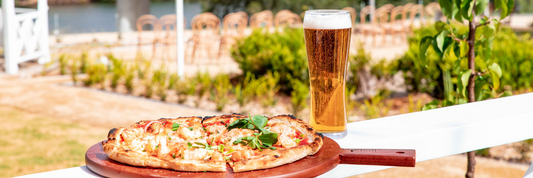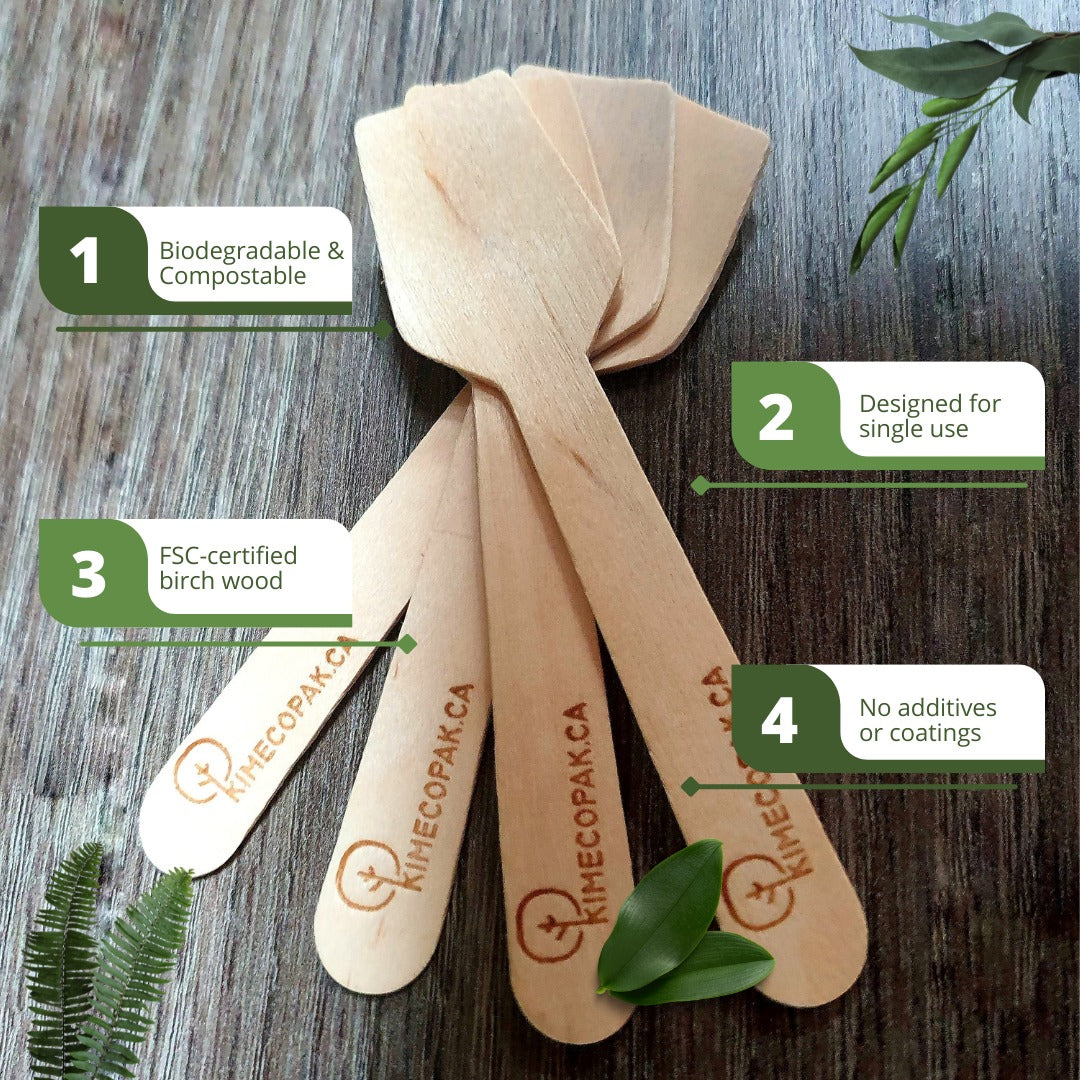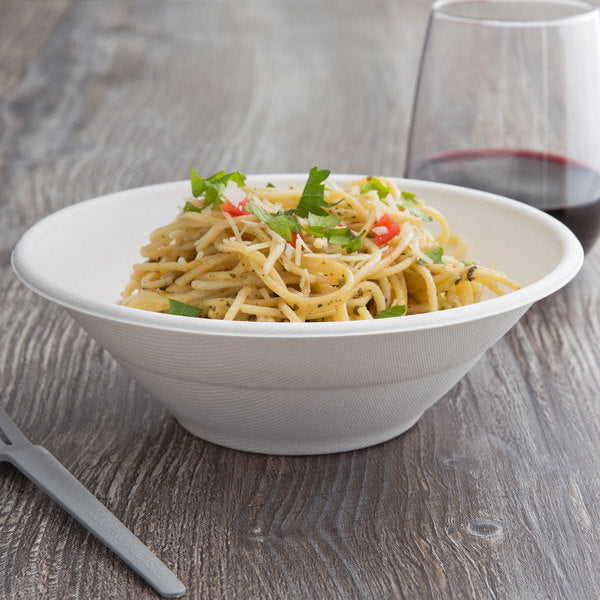Cookie sheets are crucial for baking. The right size ensures even cooking and prevents crowding. This article will explain not only cookie sheet sizes and how to choose the best one for your needs.
- The Ultimate Guide to Buying the Perfect Pizza Peel
- How to Choose the Right Baking Cup for Your Baking Needs
- How to Ship Baked Goods
Introduction to Cookie Sheets

Cookie sheets are essential tools in any baker's kitchen. Their primary purpose is to provide a flat, even surface for baking cookies, pastries, and more. Made from materials like aluminum, steel, or non-stick coatings, cookie sheets help evenly distribute heat, ensuring consistent results whether you’re baking chocolate chip cookies or roasting vegetables.
Difference Between Cookie Sheets and Rimmed Baking Sheets
While often used interchangeably, cookie sheets and rimmed baking sheets serve different functions. Cookie sheets typically have low or no edges, allowing for easy access to cookies and helping them cool faster. On the other hand, rimmed baking sheets, also known as baking sheets or jelly roll pans, feature raised edges that prevent liquids from spilling, making them more versatile for baking and roasting tasks.

Common Cookie Sheet Sizes
Bakers should familiarize themselves with various cookie sheet sizes to choose the right one based on their baking needs and kitchen setup.
Full Sheet Pan: 26" x 18" (66 x 46 cm)
The full sheet pan is primarily found in commercial kitchens due to its large size. Measuring 26 inches by 18 inches, it's excellent for mass-producing baked goods. However, this size is typically too large for standard home ovens, which limits its use for the average home baker. If you have an expansive kitchen space or occasionally bake for large gatherings, you might have the opportunity to use such a pan in a professional setting. Otherwise, finding an appropriately sized alternative for home baking is better.
Half Sheet Pan: 18" x 13" (46 x 33 cm)
The half sheet pan is the most popular choice among home bakers. Measuring 18 inches by 13 inches, this versatile pan fits perfectly in standard ovens. It can accommodate a variety of recipes, from cookies to roasted veggies. Personally, I’ve found that half sheet pans are a staple in my kitchen for single-batch cookie recipes. They offer ample space for spreading and allow easy rotation in the oven for an even bake.
Quarter Sheet Pan: 13" x 9" (33 x 23 cm)
A quarter sheet pan, measuring 13 inches by 9 inches, is ideal for smaller ovens or for those who only bake in small quantities. This size is particularly handy for testing recipes without committing to a full batch. If you often find yourself searching through cabinets for your small-batch baking needs, a quarter sheet pan could be a game-changer. It also fits snugly in toaster ovens, making it a versatile addition.
Eighth Sheet Pan: 9" x 6.5" (23 x 17 cm)
Perfect for those who prefer making just a few cookies, the eighth sheet pan measures 9 inches by 6.5 inches. This compact size is also useful for recipe testing, allowing you to experiment with new cookie flavors without baking an entire batch. It can easily fit alongside other meals in a larger oven, making it a handy tool for busy weeknights.
In summary, cookie sheets are integral to baking, showcasing the importance of understanding the various sizes available. Each size serves different baking needs, affording bakers the flexibility to choose the one that best fits their kitchen and recipes. Invest in the appropriate sizes, and you’ll find that your baking process becomes much smoother and more enjoyable.

Baking Sheet Sizes – Understanding Dimensions of Standard Cookie Sheet
Baking cookies home can sometimes feel like a science experiment, and much of that science comes down to the cookie sheet. The dimensions of a standard cookie sheet can significantly impact your baking results.
The typical dimensions of a cookie sheet are 18" x 13" (46 x 33 cm), which are optimal for most home ovens. This size is designed to fit well within the most common oven dimensions while providing ample space for cookie placement.
How the dimensions of a standard cookie sheet impact baking
When using a standard-sized baking sheet, you're able to bake a substantial batch of cookies at once. A larger baking sheet allows you to fit more cookies, which is especially helpful during the holiday season or when baking for events. Conversely, if you're making a smaller batch or specific recipes, like delicate meringues or mini pastries, a smaller sheet may be more appropriate.
-
Heat Distribution: The size of the baking sheet also influences how evenly heat circulates around the cookies. A crowded sheet can lead to uneven baking, resulting in some cookies being underbaked while others might be overdone.
How to Choose the Right Cookie Sheet

Choosing the right cookie sheet might seem straightforward, but there are several factors to consider that can dramatically affect your baking experience.
Determine the intended use: cookies, bread, roasted vegetables, etc.
The first step in selecting a cookie sheet is determining its main use. While this guide focuses on cookies, cookie sheets can also double as pans for baking bread or roasting vegetables. If you plan to bake other items, you may want to invest in multiple sheets of different sizes.
Check your oven dimensions to choose the correct size
Before purchasing any baking sheet, it's crucial to measure your oven. Ensure that the chosen sheet fits comfortably in your oven without blocking air circulation, which is essential for even baking.
Consider materials
The materials used in the construction of cookie sheets can greatly influence their performance. Here are a few common types:
- Aluminum: Known for its excellent heat conduction, aluminum sheets can enhance even baking and prevent burning. However, they can warp at high temperatures.
- Stainless Steel: These sheets are durable and resistant to warping. They do not conduct heat as well as aluminum, which can lead to slightly longer baking times.
- Nonstick Coating: Nonstick sheets are convenient for easy cookie removal and quick cleanup. However, they may not last as long as metal sheets and can be prone to scratching.
Pros and cons of different types of sheets
When deciding on a baking sheet, consider the following advantages and disadvantages of each material:
Nonstick:
- Pros: Easy to clean, cookies slide off easily.
- Cons: May scratch easily, typically has a shorter lifespan.
Aluminum:
- Pros: Excellent heat distribution, lightweight.
- Cons: More prone to warping with time.
- Pros: Durable and long-lasting, no risk of coating wear.
- Cons: Can be heavier and slower to heat.
Care and Maintenance of Cookie Sheets

Proper care and maintenance are essential to prolong the life of your cookie sheets.
How to clean cookie sheets after use
Cleaning your cookie sheets depends on their material. For general cleanliness:
- Aluminum: After use, wash with warm soapy water and a soft sponge to avoid scratching. Avoid abrasive cleaners.
- Stainless Steel: These can often be placed in the dishwasher, although handwashing is recommended to preserve their shine.
- Nonstick: Clean with mild soap and a soft sponge or cloth. Avoid using steel wool or other abrasive pads as they can damage the surface.
Best cleaning methods to avoid damage, especially for nonstick sheets
For nonstick sheets, it’s crucial to use gentle cleaning methods. Avoid soaking them for extended periods, and always opt for utensils that won’t scratch the surface, such as silicone or wooden spatulas.
Tips for storing to prolong sheet life
To store your cookie sheets effectively:
- Avoid stacking: Stacking cookie sheets can lead to warping and scratches. Instead, consider using a towel or cloth between sheets to protect their surfaces.
- Store in a cool, dry place: This will help avoid moisture buildup, which can lead to rusting or deterioration of nonstick coatings.
Do’s and don’ts when using cookie sheets
- Do: Preheat your oven before placing cookie sheets inside for even baking.
- Don’t: Use metal utensils on nonstick surfaces, as this can compromise the coating over time.
Conclusion
Understanding cookie sheet sizes and their impact on baking can elevate your baking game. By selecting the right dimensions, materials, and maintaining your sheets properly, you ensure better baking results and extend the lifespan of your essential kitchen tool. Happy baking!







